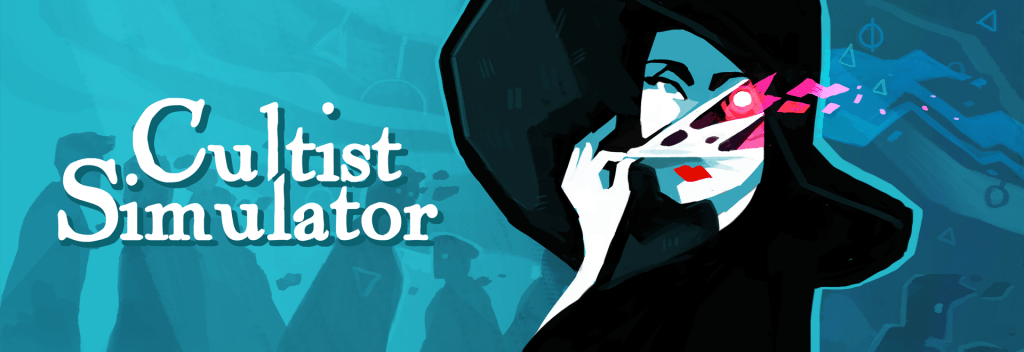
The Labyrinth Under the Skin
We took Cultist Simulator to Rezzed a week ago. Player-facing events are really useful for feedback. We got a very, very positive response, but again and again people fiddled with combinations that didn’t work. There’s a lot of trial and error, they said.
Yes, I said, you’re right, and I want to reduce the amount of trial and error. There’s an underlying scheme, and I’ll be spending a lot of the next few weeks surfacing that scheme and seeding clues about it. Working out the game is a lot of the game.
Okay, said some players. But it feels weird that I can pick up a thing, a verb slot will highlight, I’ll drag it to the slot, and it’ll do nothing. Can’t you highlight only slots with valid combinations?
I couuuuuld, says I, but that would encourage people just to tap every card on the desk with their mouse, see what highlights come up, and just drop the highlit cards into slots. They’ll stop reading the text. And anyway, some only have valid combinations if you then add a second card, and the game would need to find a way to tell you that this might work, when you get another card, but not yet.
Which is true, but I had that conversation enough times that it kept bugging me. That was a largely useless interaction, and it means a lot of the early experience of the game was ‘nope… nope… nope…’. You need a lot of nopes for a ‘yes!’ to feel satisfying, but I didn’t want the balance to be too nope-y. And I was adding lots of clues, like this:
So this helps, but it’s still more text to read, and adding explanatory notes is expensive in writing time; they need updating if the game changes; and most importantly it’s giving people still more stuff to skim over. When you’re in trial-and-error mode, it’s when you’re most likely to skim stuff.
But I kept thinking about it, and literally on the plane to Dubrovnik for Reboot last week I suddenly thought of this approach:
and I spent the plane trip coding it.
All the main verbs in the game now have a basic aspect filter to
(i) stop you putting things in there that definitely just will never work.
(ii) give you an idea of what kind of things you can put in there – what the game expects from you. So Work can use an Ability, a Job (placeholder icons!), a piece of Lore, a Ritual, or a Desire.
The first point is important, because it reduces the number of things the player can try in each slot from about eight hundred to about fifty, which means a lot less trial and error. (There are still a lot of subsidiary combinations – too many to brute-force, really). But the second is, I think, even more important, because it gives the player an insight into what the game is thinking, and what its expectations are.
I’m putting this out in a patch todayish tomorrowish, and I’m looking forward to seeing the community response.
Feedback. For a game dev, it’s like gold dust, but like gold dust, you can’t just pick it up and take it home. Sometimes you have to treat it first, until you understand what’s there, and how to get to it.





This sounds like a great compromise, eventually I always get stuck repeating the actions I know will work and avoiding the rest, it’s just too much of a time sink. I love reading your prose though, so purpley